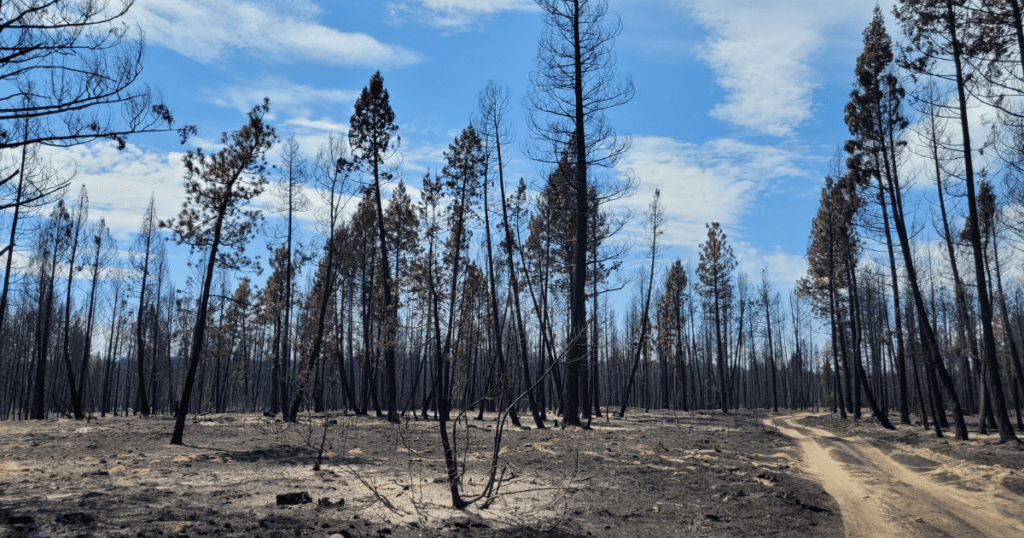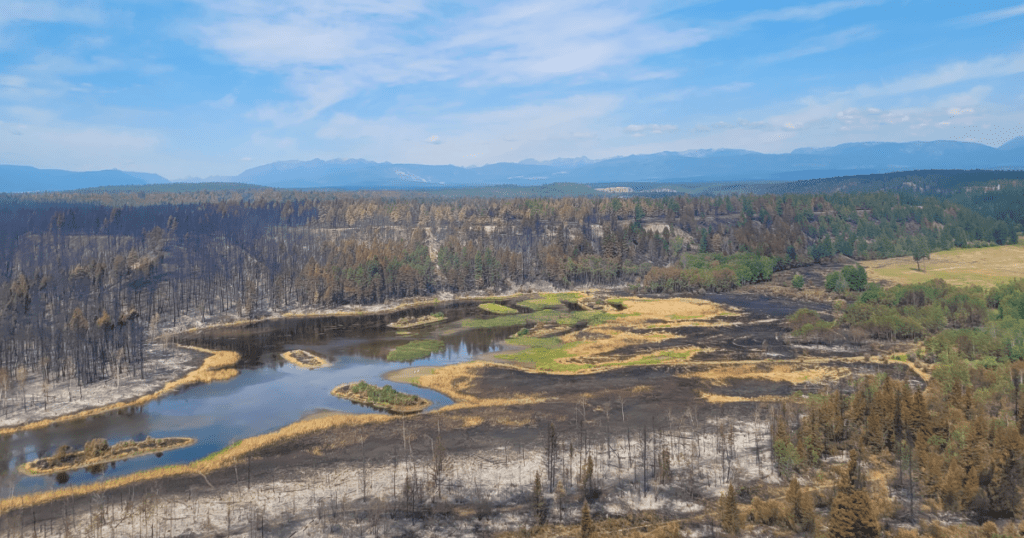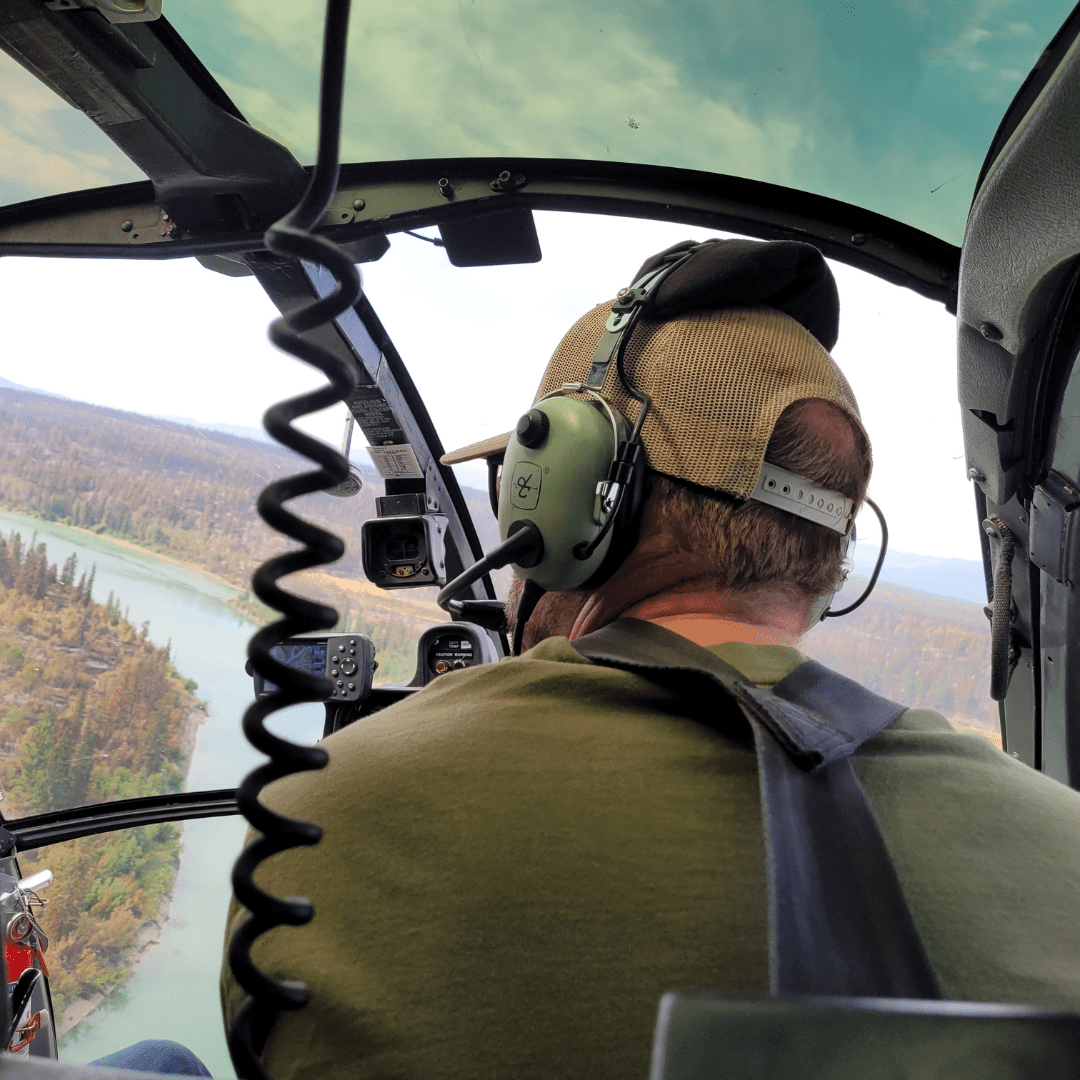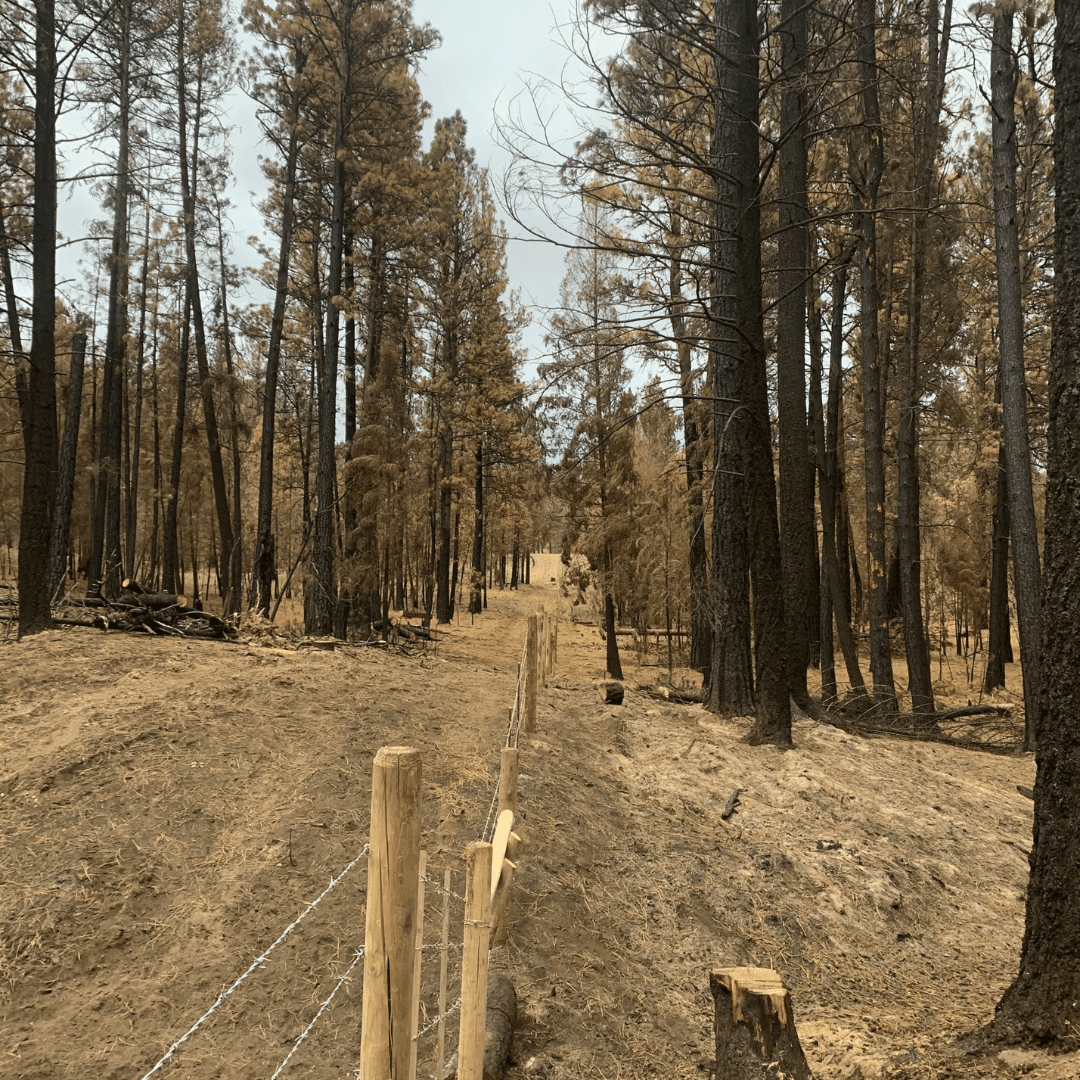Wildfire impacts on Cherry Creek Conservation Area
July 17th, 2023, was a windy and hot summer day when a wildfire ignited on lands within the Ktunaxa First Nation community of ʔaq’am, just a few kilometres northeast of Cranbrook. It would become known as the St. Mary’s River fire, a wildfire “of note” in a season that is said to be B.C.’s most destructive on record. The wildfire would rage out of control for nearly two weeks and burn more than 46 square kilometres before it was officially declared fully extinguished on October 1st.
The St. Mary’s River fire destroyed seven homes at ʔaq’am and large swaths of dry, open forests surrounding the community. It burned nearly everything in its path until the heroic efforts of the BC Wildfire Service, with more than 230 personnel, structural protection crews, heavy equipment and a fleet of aircraft finally brought it under control.
The fire touched down on The Nature Trust of British Columbia’s Cherry Creek (Madison) Conservation Area as it moved north, burning approximately 90 hectares. Wildlife fled. Fences burned. The land was scorched. Outbuildings on Cherry Creek that provide bat habitat were in danger of being lost before BCWS crews were able to suppress the flames only metres away.

The future health of the Cherry Creek Conservation area is at stake. Complex restoration efforts will include re-seeding with the best mix of native and agronomic grasses for rehabilitation. And decisions will need to be made about how much to let natural processes take over recovery.
Concerns surrounding restoration efforts don’t stop there. If there is a significant rain event before vegetation can be re-established it could wash soil and rocks into the wetlands from the heavily burnt areas above. And every step in the rehabilitation and recovery plan comes with a cost. There is an urgent need to raise funds.
Wildfire recovery is a forever commitment
Today, the Nature Trust’s Land Management team is busy replacing fences along the property boundary and access road. Danger trees have been felled and roadside edges have been hand seeded to prevent the spread of invasive plants. And it is critical to start aerial seeding of the fireguards before winter sets in. It’s an all-hands-on-deck effort involving provincial government partners and neighbours in co-rehabilitation efforts.
Conserving, protecting and managing B.C.’s ecologically significant lands in perpetuity is The Nature Trust’s mandate. The devastating impact of climate change now makes wildfire recovery part of this forever commitment.






